Machine learning projects is one of the most exciting and high-demand areas in technology today. Working on ML/ Machine learning projects gives students with many opportunities for gaining practical experience, honing their problem-solving abilities and enhancing career prospects. This blog will discuss some machine-learning project ideas that can inspire some final-year students.
The benefits of choosing Machine Learning as a final year project.
• Industry Demand: The industries such as healthcare, finance, and e-commerce have place a high premium on ML skills.
• Real-world Application: Because ML projects take on real-world problems, they also gain real-world significance.
• Hands-on Learning: Realizing ML models helps better understand algorithms and data processing techniques.
• Career Growth: An impressive ML project will certainly do wonders for your portfolio.
Large Scale Machine Learning Projects for Final Year Students
1. Detection System for Fake News
· Main aim: Build a system capable of classifying news articles as either real or false using the Natural Language Processing techniques.
· Solution: Python, Scikit-learn, NLP libraries (NLTK, SpaCy), as well as TensorFlow/PyTorch.
· Dataset used: Empaths's "LIAR" dataset, Kaggle fake news dataset.
2. Handwritten Digit Recognition
Objective: Create a deep learning model that detects digits on a handwritten image.
Technologies: To be used are Convolutional Neural Network (CNN) and TensorFlow/Keras.
Data Source: MNIST Dataset.
3. Credit Card Fraud Detection
• Aim: To find false transactions through machine-learning classification methods.
• Technologies: Python, Pandas, Scikit-learn, Random Forest and XGBoost.
• Dataset: Credit Card Fraud Dataset available on Kaggle.
4. Customer segmentation using clustering
• Objectives: Grouping customers by their purchase behaviors through the application of clustering algorithms.
• Technologies: K-mean clustering, Scikit-learn, Pandas, Matplotlib.
• Dataset: Retail datasets from Kaggle.
5. Sentiment Analysis on Product Reviews
• Objective: To analyse customer sentiments from product reviews, checking whether they give a positive, neutral, or negative feedback.
• Technologies: NLP, TextBlob, Scikit-learn.
• Dataset: Available review datasets like Amazon, Yelp, or IMDb.
6. House Price Prediction System
• Goal: To predict house price based on different features are including location, size, and number of rooms.
• Technologies Used: Regression algorithms, Scikit-learn, Matplotlib.
• Dataset: The Boston Housing dataset, Zillow datasets.
7. College Query AI Chatbot
• Aim: To create an AI chatbot that will reply to inquiries about the college and of the college.
• Tech: NLP, Transformer Models, Dialog flow, Python.
• Dataset: Own dataset from previous FAQs.
8. Automatic Sign Recognition for Traffic
• Aim: To address recognizing and identifying traffic signs via image processing techniques using deep learning.
• Techniques used: Deep Learning, CNN, OpenCV, TensorFlow.
• Dataset: German Traffic Sign Recognition Benchmark (GTSRB).
9. Spam Emails - Classifier
• Goal: Scrutinize spam and non-spam mails with an e-mail classifier.
• Technologies: Naive Bayes, Scikit-learn, NLP-based techniques.
• Dataset-Repositories: Enron spam dataset.
10. Prediction of Disease in Crops
• Goal: Plant disease identification and classification using machine learning
• Technologies: CNN, OpenCV, Tensorflow/Keras
• Dataset: PlantVillage dataset.
Steps to Follow in Executing a Machine Learning Project
1. Choose a Problem Statement: Identify a real-life problem to be addressed.
2. Data Collection and Preparation: Collect datasets from various sources such as Kaggle, UCI ML Repository.
3. Data Pre-processing: Cleaning and processing of data that uses Pandas and NumPy Python libraries.
4. Choose a Machine Learning Model: Choose a suitable algorithm (Regression, Classification, Clustering, Deep Learning, etc.).
5. Training and Model Assessment: Split the data into training and testing sets, train the model on the training dataset, and assess the performance.
6. Optimize Model: Further improve the accuracy by hyper parameter tuning and advanced techniques.
7. Deploy the Model: Deploy your ML model using Flask, Streamlet, or Django.
Conclusion
Machine learning projects are best when one is applying theoretical knowledge. So whether you're into NLP, computer vision, or data analysis, there's likely a project around that you'll enjoy. Pick one of these topics that interests you, research through the structured steps, and make the most of final year project practices. If you need some guidance or help with ML projects, Takeoff Projects has expert mentoring and project support for students. Connect with us right now!

 Top 10 Innovative AI Project Ideas for Final Year Students
Top 10 Innovative AI Project Ideas for Final Year Students 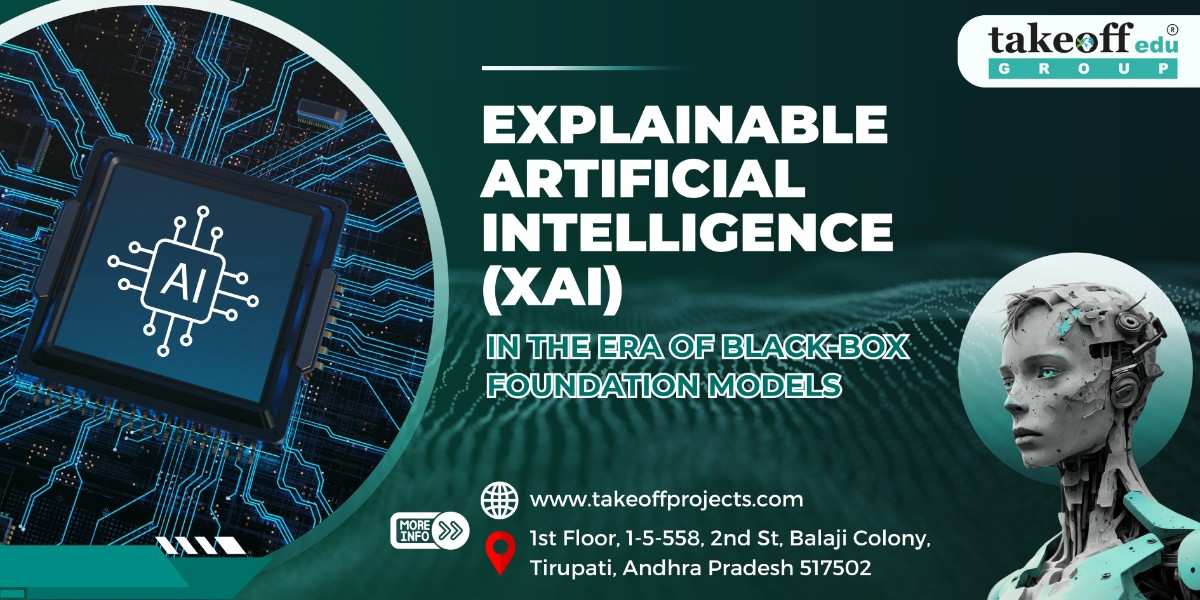 Explainable Artificial Intelligence (XAI) in the Era of Black Box Foundation Models
Explainable Artificial Intelligence (XAI) in the Era of Black Box Foundation Models  Personalized AI Companions: A new wave of Emotional Intelligence in GenAI
Personalized AI Companions: A new wave of Emotional Intelligence in GenAI  Responsible GenAI: Guardrails, Bias Control, and Alignment Techniques
Responsible GenAI: Guardrails, Bias Control, and Alignment Techniques 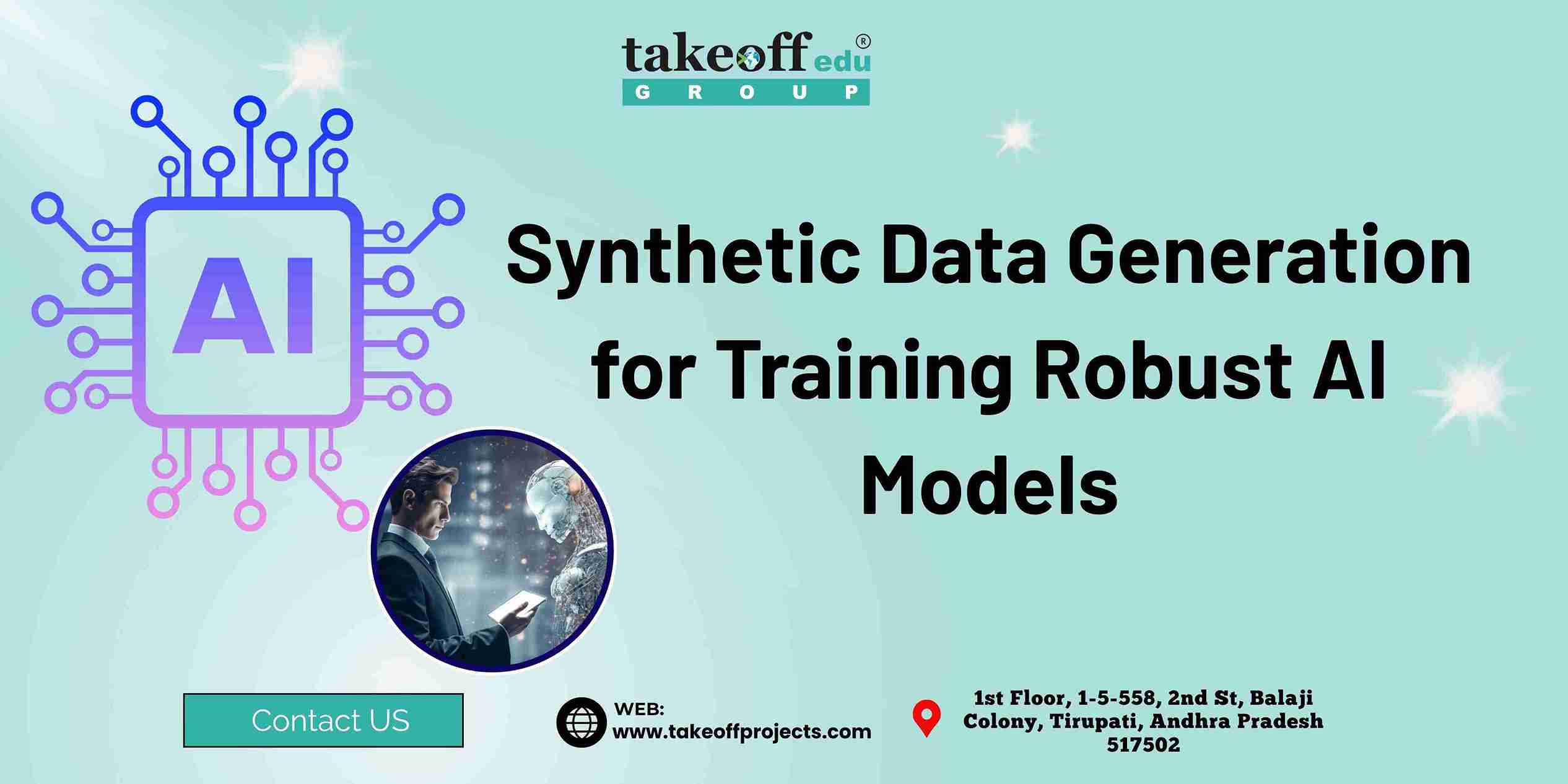 Synthetic Data Generation for Training Robust AI Models
Synthetic Data Generation for Training Robust AI Models  GenAI for Software Development: Code Generation, Refactoring & Debugging
GenAI for Software Development: Code Generation, Refactoring & Debugging 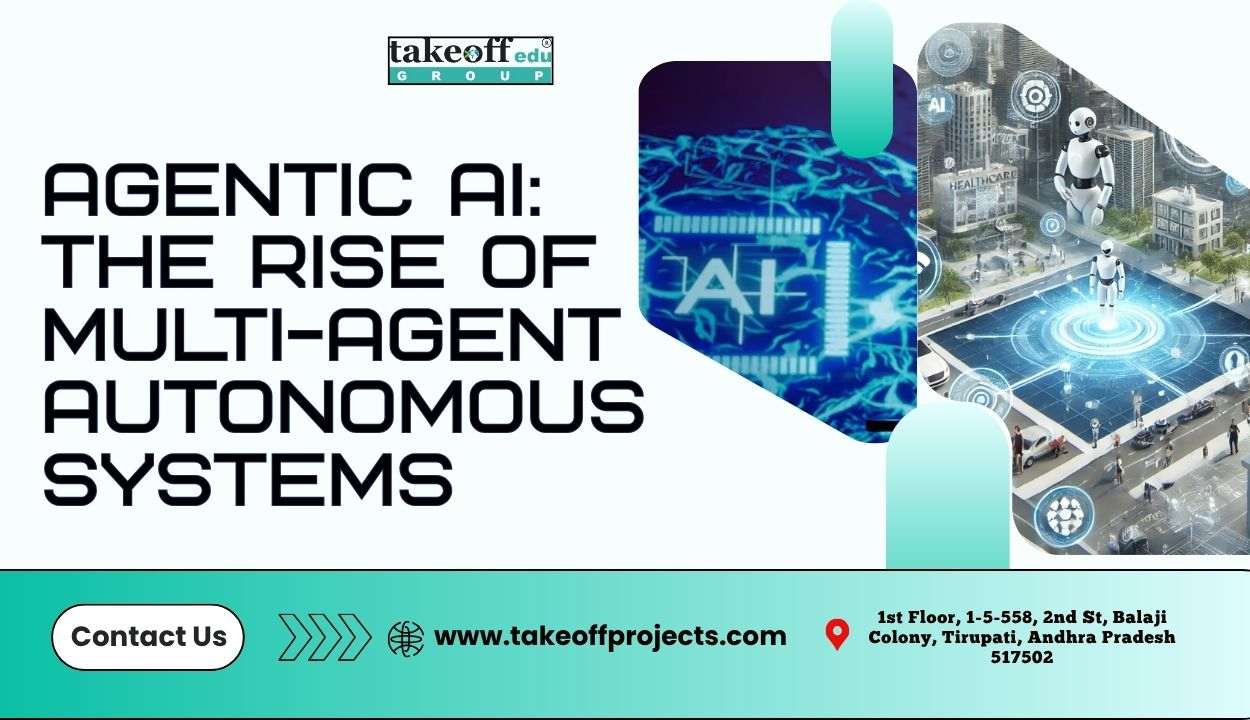 Agentic AI: The Rise of Multi-Agent Autonomous Systems
Agentic AI: The Rise of Multi-Agent Autonomous Systems 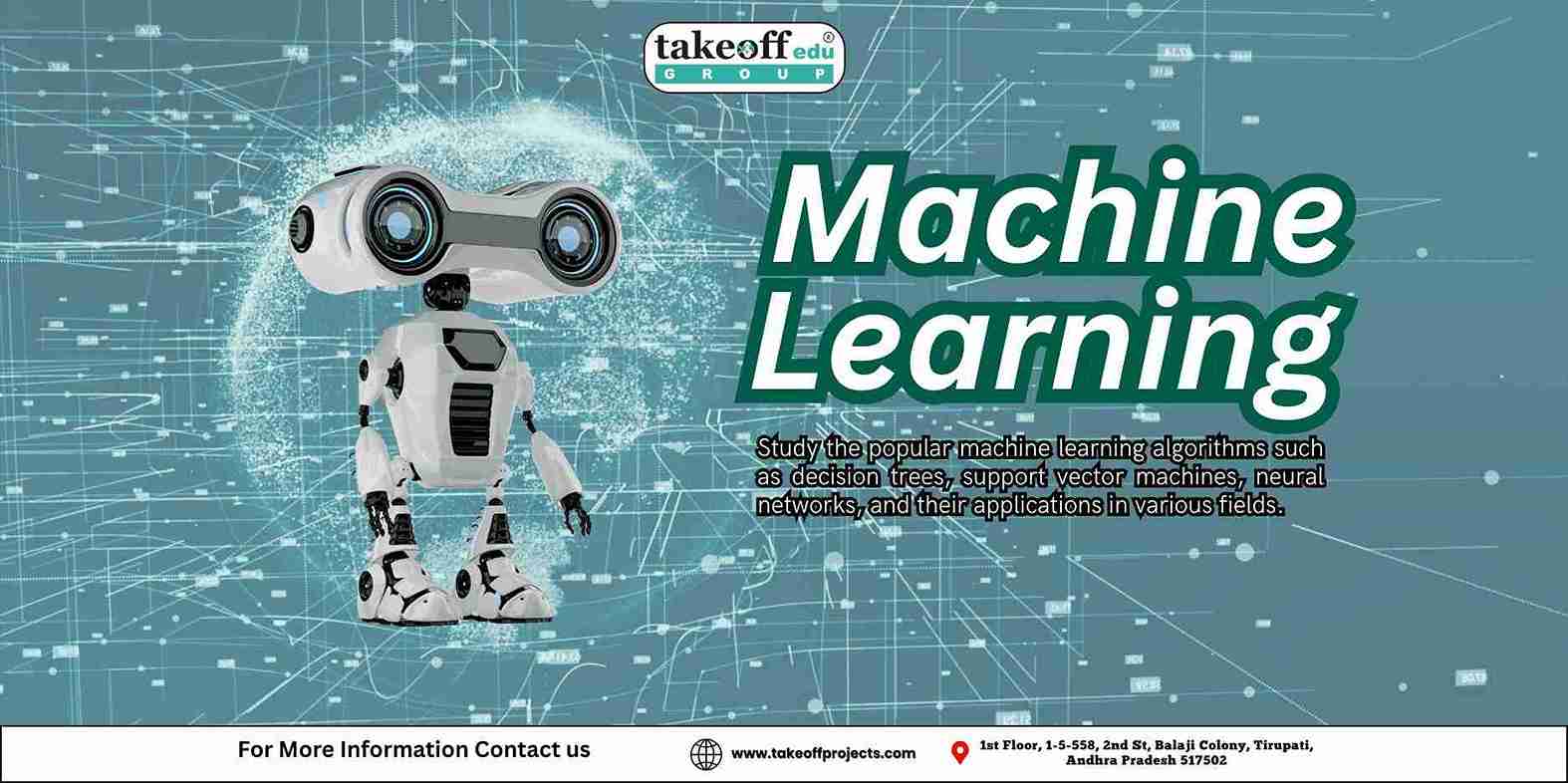 Machine Learning Projects
Machine Learning Projects  Fine-Tuning Llama 4 A Guide With Demo Project
Fine-Tuning Llama 4 A Guide With Demo Project 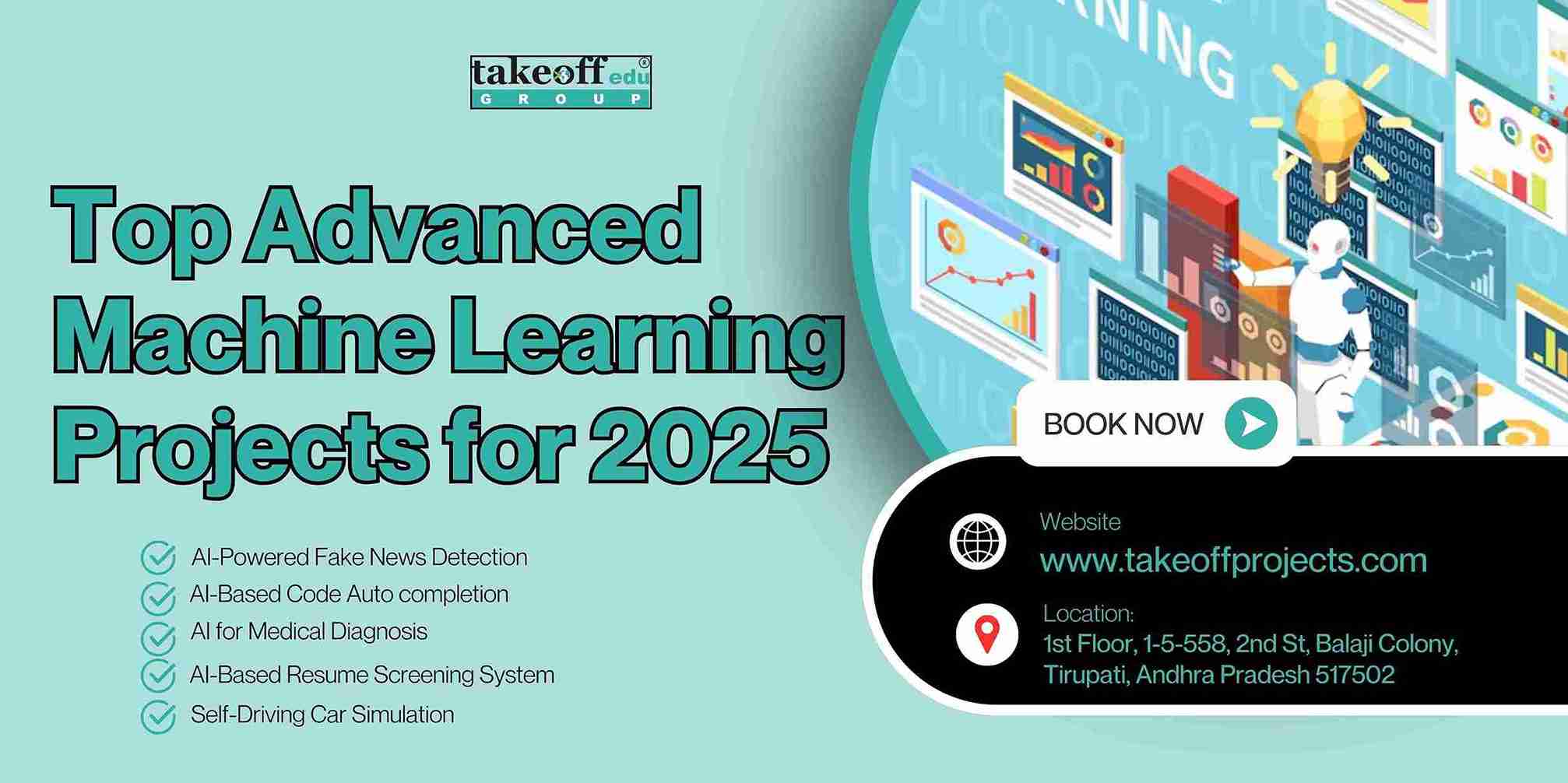 Top Advanced Machine Learning Projects for 2025
Top Advanced Machine Learning Projects for 2025  Computer Science Projects
Computer Science Projects 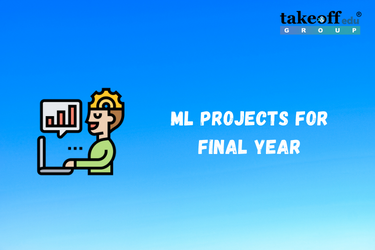 ML Projects for Final Year
ML Projects for Final Year  Project Ideas for BTech CSE
Project Ideas for BTech CSE  Mini Projects for Computer Science
Mini Projects for Computer Science  Major Project for CSE
Major Project for CSE  IEEE Projects for CSE
IEEE Projects for CSE  Latest CSE Projects Ideas & Topics for Engineering Students
Latest CSE Projects Ideas & Topics for Engineering Students  List of Final Year Projects for Computer Science 2022
List of Final Year Projects for Computer Science 2022 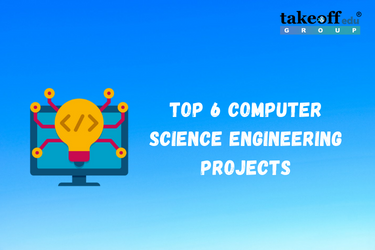 Top 6 Computer Science Engineering Projects
Top 6 Computer Science Engineering Projects 
 Paper Publishing
Paper Publishing


